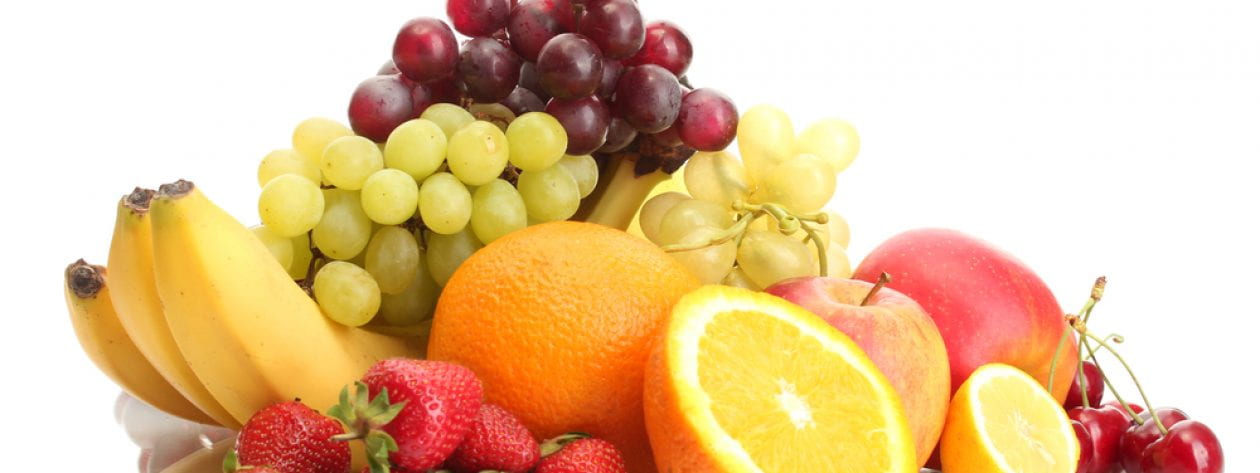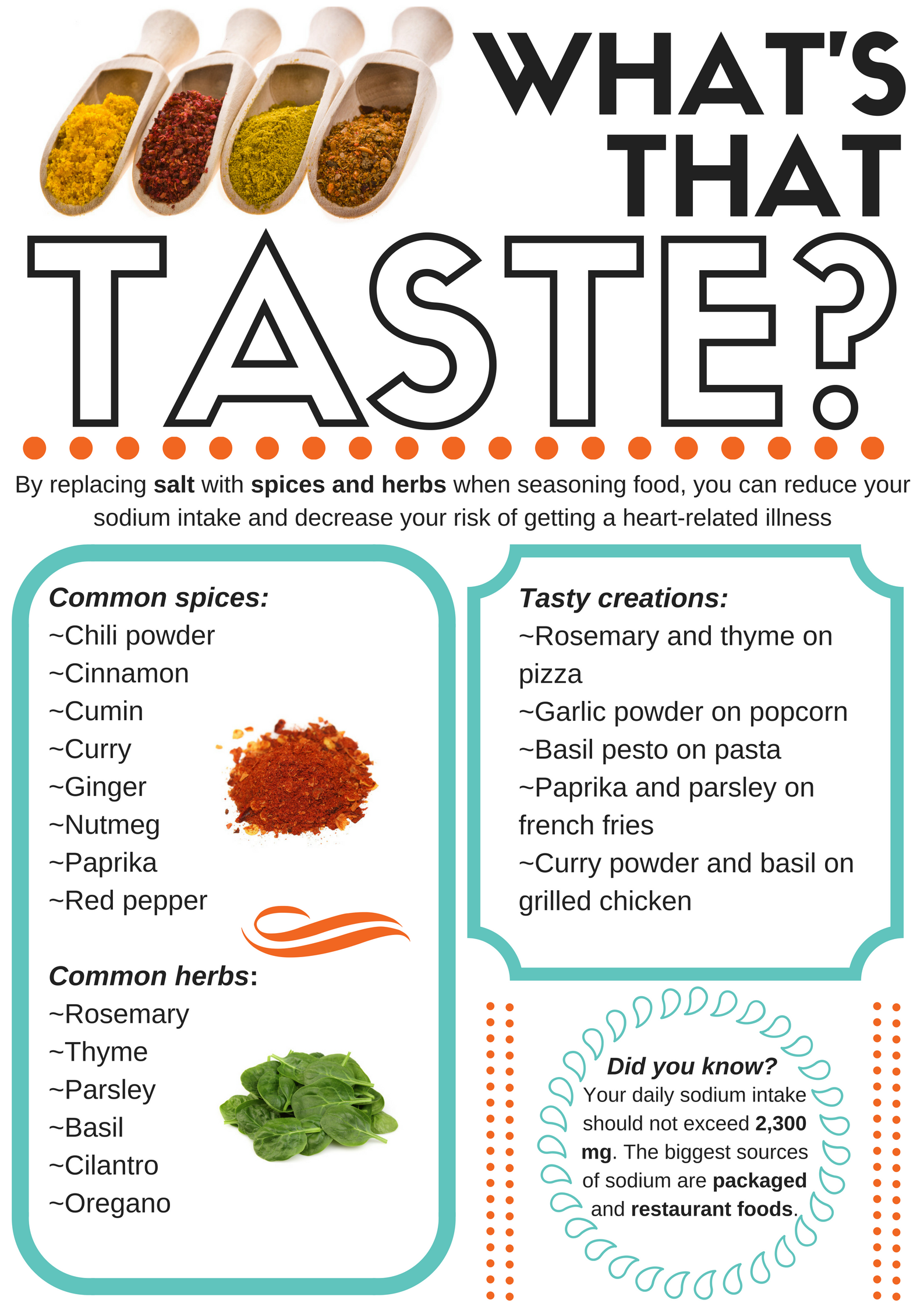The fourth of July is quickly approaching, and that means grilling, pool days, and lots of picnic food! For this week’s Meatless Monday Tip, we’re focusing on a few delicious, meat-free and healthy recipes for your 4th of July picnic! Whether you’re taking a dish or hosting your own gathering, these recipes are bound to be a hit.
Try these BBQ Jackfruit Pulled “Pork” Sandwiches! A unique, plant-based twist on traditional pulled pork BBQ, these warm, flavorful sandwiches will have everyone surprised that it’s meatless! What’s a jackfruit, you ask? It’s a large, green fruit that can be used for both savory and sweet dishes depending on its ripeness. When it’s young, it’s almost flavorless and can adopt the flavor of the spices you’ve used to season it. When it’s ripe, it’s been said to taste similar to starbursts, skittles, and fruit roll-ups! These large fruits are a good source of fiber and high in Vitamin B-6, Vitamin C, and Magnesium.
No worries, burger lovers! We’ve got your back. These awesome black bean quinoa burgers taste AMAZING, and they’re good for you, too! Each burger is high in protein, fiber, iron, potassium, magnesium, and Omega-3 fatty acids. Omega-3 fatty acids are important for brain and heart health as well as maintaining healthy skin.
What’s a picnic without potato salad? This recipe for VEGAN potato salad will fill your stomach up with fiber, protein, and tons of vitamins thanks to the secret ingredient… white beans!
Ah, and who doesn’t love pasta? This cool summer pasta salad is the perfect side dish to keep your energy high for all those picnic activities.
Did you really think we’d forget about dessert? Try our Red, White and Blue Parfait! Light enough to keep you from feeling overstuffed, but sweet enough to satisfy your sweet-tooth.
Some other ideas for your picnic include veggies and hummus sandwiches, fruit salad, vegetable and quinoa salad, and apple pie!
We hope you enjoy these healthy and MEATLESS picnic recipes! Let us know which recipes you’ve tried! Have a fun, sunny, and safe 4th of July holiday, PSU!
Stay RHEAL!
Pictures:
https://thefeedfeed.com/plantbasedblonde/bbq-jackfruit-sandwich
https://www.seriouseats.com/recipes/2013/02/creamy-fingerling-potato-salad-recipe.html









